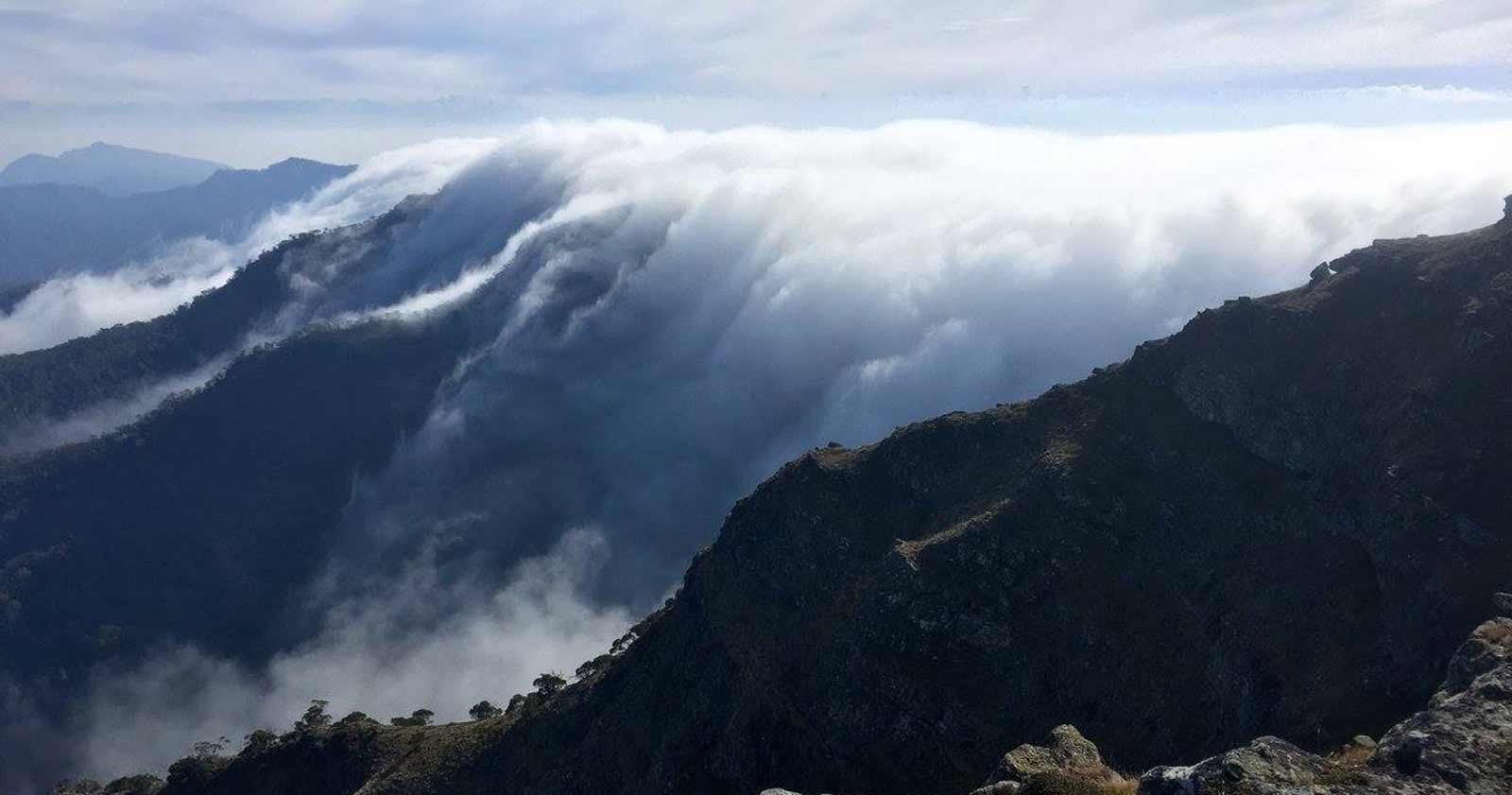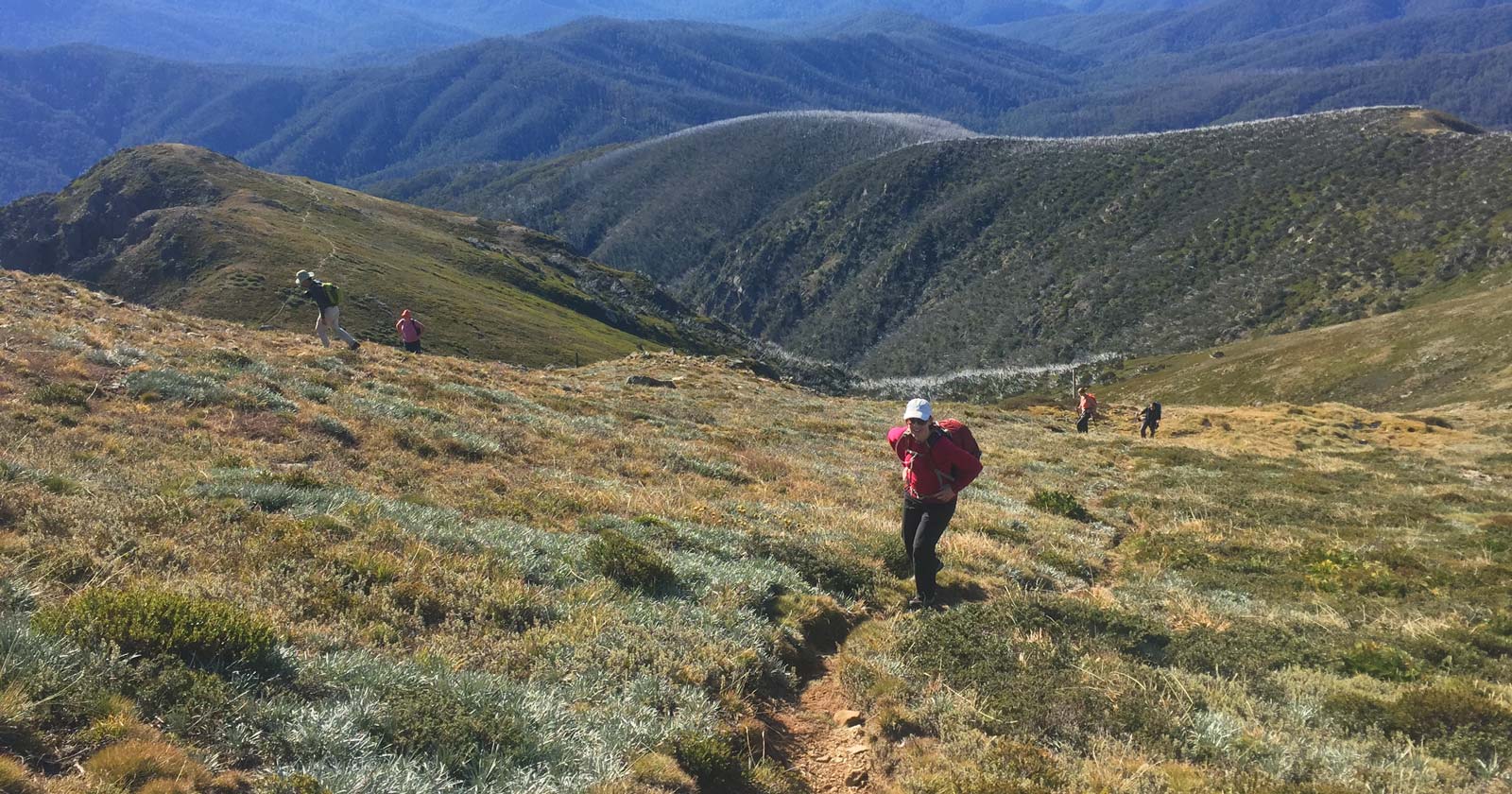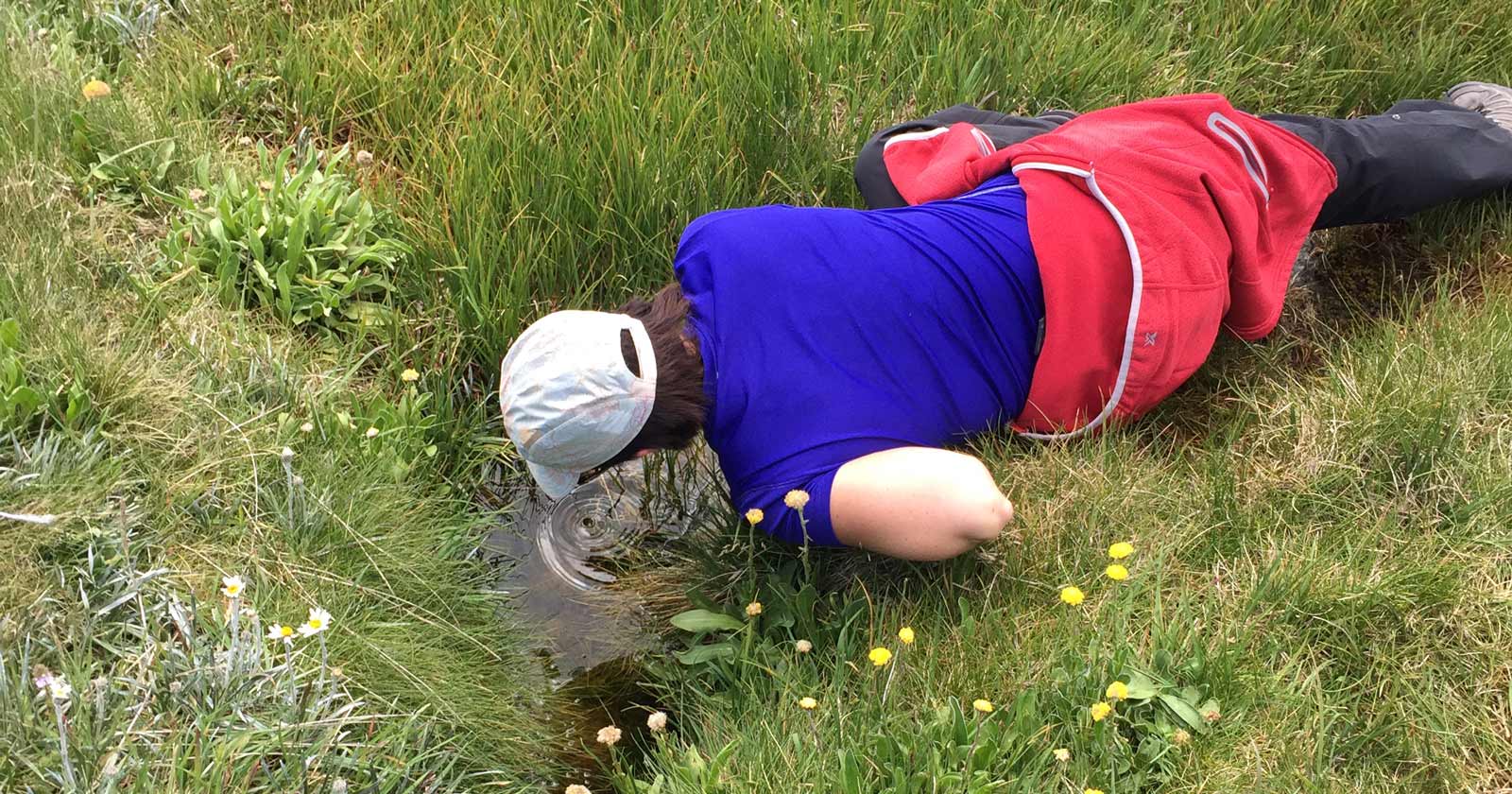Scrambling over easy rock terrain uses the same movement skills as rock climbing. Many rock climbers actually learn how to climb by scrambling up mountains. They learn about keeping in balance and using precise footwork by moving over slabs, by finding handholds and footholds on steeper cliff sections, and by hopping across loose boulders. Later they take those movement skills and use them to become actual rock climbers. Here’s a few tips on how to rock scramble.
How to increase your rock scrambling confidence
When I guide a group of newbies on a hike that requires rock scrambling I take them to easy boulders and low-angle slabs and let them scramble around on the rock. Besides making climbing less serious and more about having fun, scrambling teaches the importance of balance and using your feet to support your body.
6 basic scrambling skills
Here are six basic climbing movement skills that will improve your scrambling, getting you up more mountains and staying safer when you’re climbing easy rock without equipment and a safety rope.
1. Stay in balance.
Always keep three points of contact—two feet and a hand or two hands and a foot—on the rock surface at all times. Move only one limb at a time. Stay solid as you move. Make moves from your body’s core to keep in balance.
2. Keep weight over your feet.
When you’re scrambling you’re usually on easy rock terrain so you can almost always find secure footholds. Use those footholds to stay in balance. Learn to trust your feet. Use the biggest holds whenever possible. Keep your weight over your feet, not on your arms.
3. Use your hands effectively.
Don’t make long reaches with your arms. Instead grab handholds that are no higher than a foot above your head. If you’re scrambling on slabby or low-angle terrain and don’t need handholds, spread your arms out for balance like you’re walking a slackline. Learn all the basic finger grips so you can utilise lots of different handholds.
4. Test all handholds and footholds.
Loose rock abounds on scrambling routes. Test every handhold and foothold that you use. Pull down on handholds rather than out. Tap the rock around handholds with your knuckles. If it sounds hollow—don’t use it. Loose rock causes many scrambling accidents.
5. Load your climbing pack correctly.
Put all the heavy stuff at the bottom of your climbing pack and close to your back, which lowers your center of gravity and makes you less likely to tip backwards. A waist strap keeps your pack from shifting during crucial moves and throwing you off balance.
6. Stay focused.
Scrambling is dangerous. If you are climbing easy rock terrain without a rope, then a misstep, broken hold, or loss of focus could cause a fatal fall. Keep your attention on the climbing moves ahead. Don’t get wrapped up in conversations with your hiking buddies or daydreaming about your next hike. If you’re out of breath in high mountains, stop and catch your breath in a safe spot. If you’re gripped by exposure, the gaping void of air beneath you, stop at a safe place like a ledge and take a few deep breaths. Never be afraid to ask a hiking buddy for help if you’re having problems or if you’re scared. It’s better to be safe than to risk a fall.





